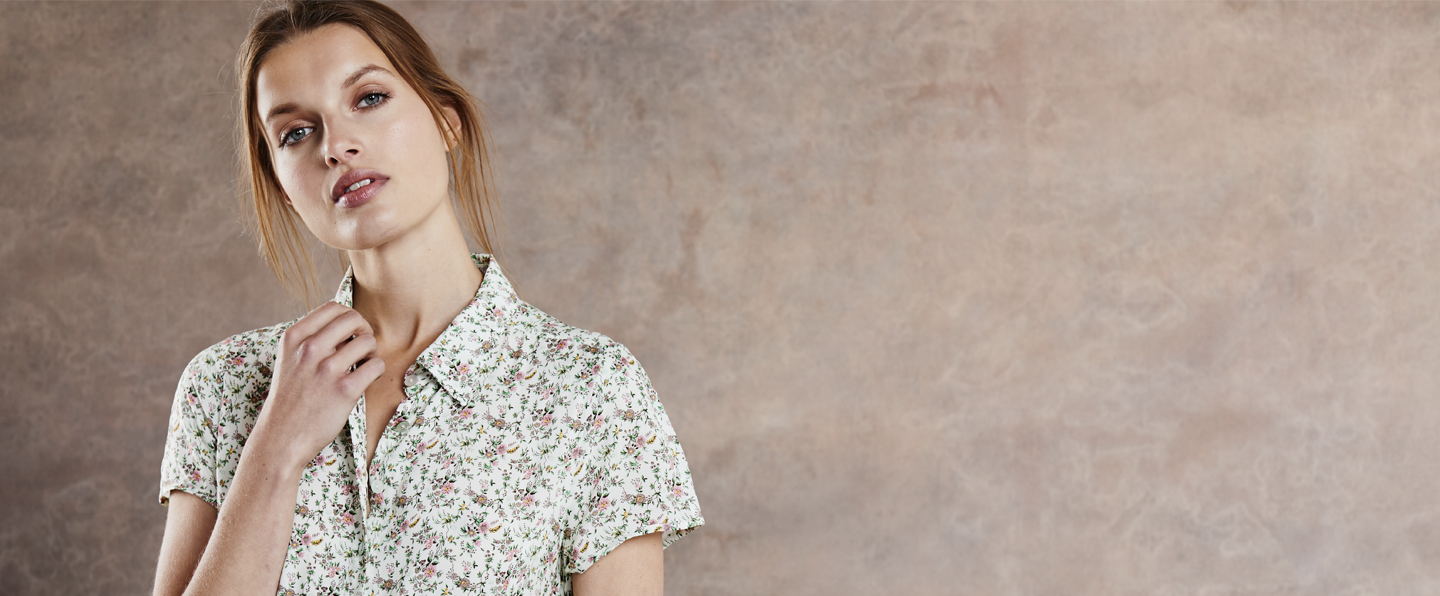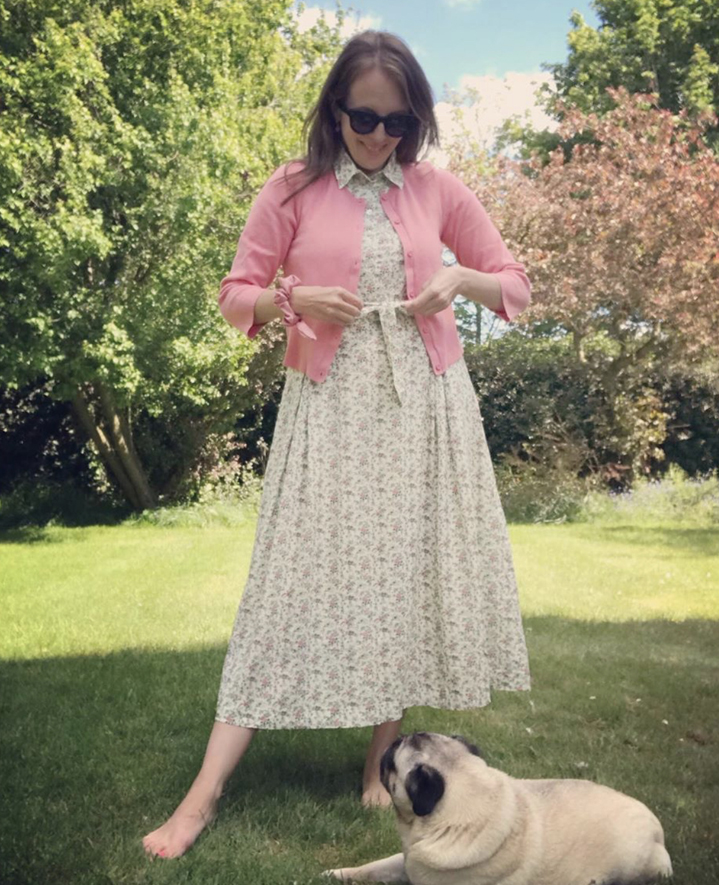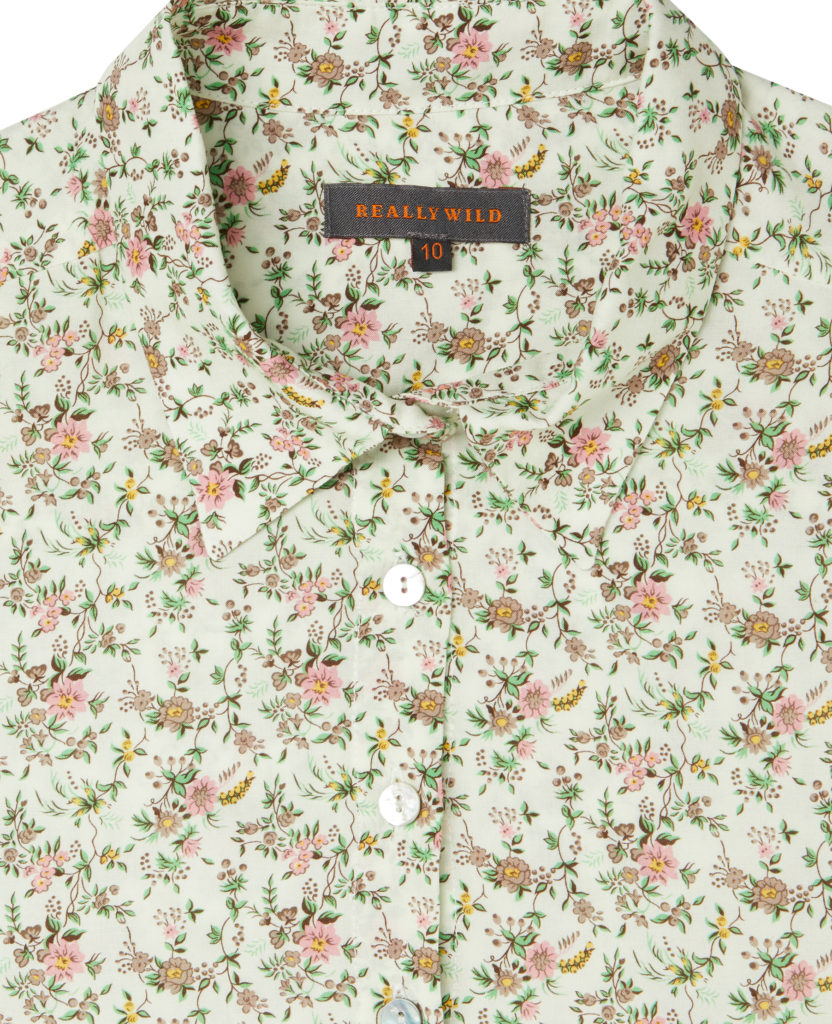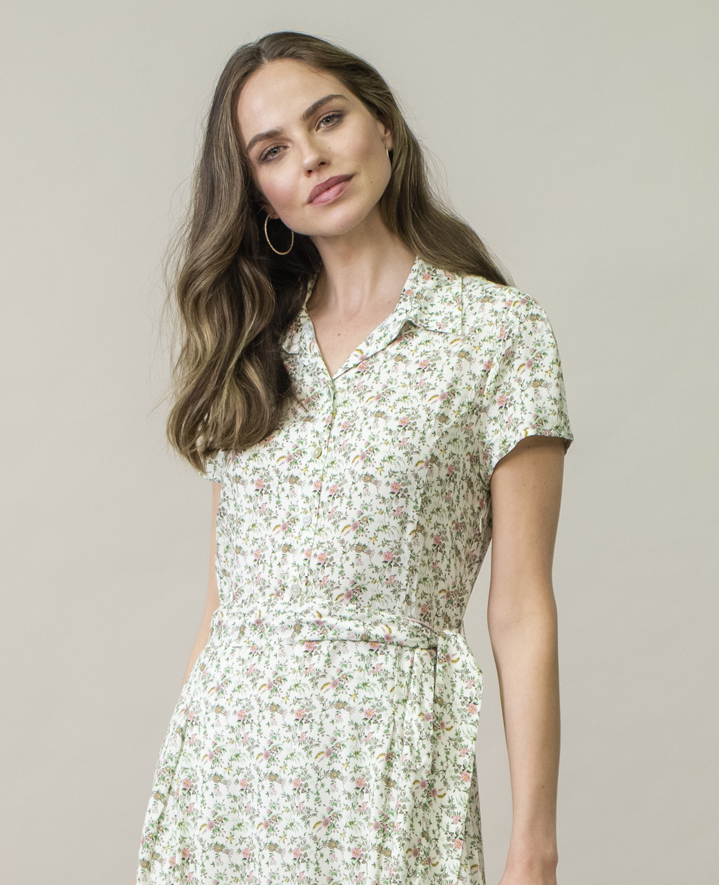Free Returns
UK mainland customers can return items within 30 days of receiving their order using our free returns service with DPD.
Local Storage seems to be disabled in your browser.
For the best experience on our site, be sure to turn on Local Storage in your browser.


Wardrobe Consultant and Author Alicia Healey spent four years working for the British Royal Family at Buckingham Palace before traveling the world assisting high-profile clients as a Travelling PA and Lady’s Maid. She now runs a popular style page on Instagram: @theladysmaid where she offers style advice on what to wear for every occasion. Today Alicia shares her wardrobe wisdom on how to detox your wardrobe during the lockdown.




Lockdown has forced most of us to spend more time in our homes and the opportunity to organise them for a more calming environment to endure quarantine. We may not currently have the occasions to be dressing up in smart clothes every day but having order within the wardrobe can help you feel more in control of things that can be controlled in these uncertain times. If you’re finding the task of detoxing your wardrobe somewhat daunting, then start with your knicker drawer. I gain a disproportionate grip on my day if this one small area of my life is in order!
Deciding what to wear each day is made much easier if you have an ordered closet. The much-heard sartorial refrain: “I have nothing to wear” is often due to clothing clutter – it is hard to create an outfit if you cannot easily locate one. The feeling of having a lot of clothes and yet nothing to wear is partly due to poor organisation within the wardrobe and partly due to buying items that either don’t suit you or don’t suit your existing clothes. One of the main reasons people have too many clothes that they don’t wear is because they buy separates (i.e. tops, trousers, and skirts) without thinking how they fit into their current wardrobe, or what they are going to wear with them. So, the pretty top that seduced you in the magazine or shop languishes in the wardrobe never seeing the light of day. To prevent this mistake, whenever you buy a new top/skirt/pair of trousers, ask yourself what garment in your current wardrobe you would wear it with. If there isn’t anything, the likelihood is that it will remain unworn.

A 2018 survey by weightwatchers revealed that shoppers in the UK own £10bn of clothes they do not wear. Whilst some people may be hanging on to things for posterity, or “just in case”, there is undoubtedly a hoarding of unwanted or unnecessary clothing going on.
Before you begin organising your wardrobe, it is important to have a clear-out to eliminate old clothing that is no longer worn, so that you are only organising what you are going to wear. This process is crucial: it will free up space for the remaining clothes, enabling you to organise them better and find items easily. It will also help you to identify what gaps you may have in your wardrobe – garments that you may need to purchase to maximize the potential of what you currently have. Having a thorough wardrobe audit is also very liberating – it will make you feel much more in control of your clothing collection, your style and your life. The ends of seasons are the best times to have a clear-out, so you can do it at the same time as rotating your wardrobe and putting out-of-season clothes into storage.
Be realistic about the clothes that you wear day to day; hanging on to garments that you no longer wear takes up space unnecessarily, so try to adopt a ruthless sorting process. If you haven’t worn an item in a year, ask yourself why you’re holding on to these items; and if you don’t have a good enough answer, it might be time to let them go. Excess clothing will weigh you down spatially and mentally. It’s fine to keep one or two old garments that have sentimental value, but don’t let them dominate your wardrobe. If you have a lot of old vintage and valuable clothing that you are keeping for posterity, then consider different long-term storage solutions.
Go through your wardrobe and try on everything. Divide into piles:


Group 2 is likely to be full of separates and, as explained earlier, separates only work if they have something to work with. Next time you go shopping, go with an idea of these wardrobe gaps that need to be filled, rather than being lured by the latest fashions or the sale rack with 70% off.
If there are any items that are dirty or damaged or need altering, put these in group 3 and deal with them before returning them to the wardrobe or selling/donating to charity. If they need repairing or altering, you aren’t going to wear them until they’re fixed – nothing should be in the wardrobe that isn’t ready to wear.
If garments no longer fit or you haven’t worn them in a while, try selling them or donating to a charity shop. Selling unwanted clothing on eBay is a great way to find your unwanted garments a new home – after all, one lady’s trash is another lady’s treasure. Put eBay sale profits towards funding your new essential items for group 2. Popular designer and high-street labels and occasion outfits/dresses tend to sell better on eBay than casual clothes, so consider taking casual clothes straight to the charity shop – if they are in a good, wearable condition – or to a clothing recycling bank. High-end designer labels will also sell well on designer second-hand clothing websites such as Vestiare Collective. Worn-out clothing of an appropriate fabric, such as cotton, can be cut into rags to use for household cleaning or shoe polishing. Anything else that can’t be used should be recycled.
(Excerpts taken from Wardrobe Wisdom form a Royal Lady’s Maid – how to dress and take care of your clothes, by Alicia Healey. Published by Pavilion Books.
Follow Alicia on Instagram: @theladysmaid for daily style inspiration.